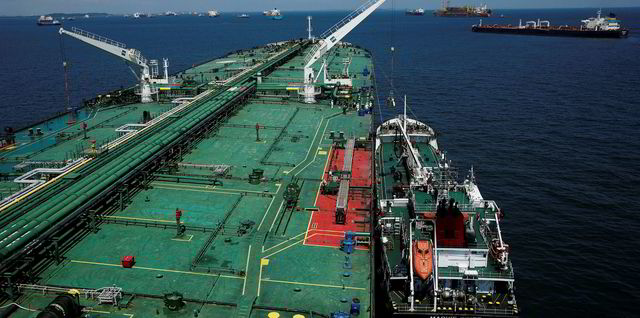 Some VLSFO exceeds new sulphur cap, shipowners report
Some VLSFO exceeds new sulphur cap, shipowners report
Test results show ‘IMO-compliant’ bunkers that do not meet 0.5% limit
Shipowners are reporting that they have purchased IMO 2020-compliant very low-sulphur fuel oil (VLSFO) — but testing has revealed sulphur levels in excess of the 0.5% limit.
Just a week into the new regulation, the North P&I Club said it has received enquiries from concerned shipowners on how to handle the problem.
Owners have bought fuel in good faith with a bunker delivery note (BDN) specifying a sulphur content below 0.5%, but their own tests have shown higher levels.
Other protection and indemnity clubs said they have had similar notifications.
A global problem
North P&I’s freight defence and demurrage deputy director, Tiejha Smyth, said the problem is not restricted to one region but is occurring globally, which suggests that the initial batches of VLSFO are being blended too close to the 0.5% limit.
Owners with such fuel onboard are left with the problem of whether to notify port state control (PSC) authorities that it has tested as non-compliant.
Under current guidelines, the BDN is taken as the initial evidence of compliance with IMO 2020, but PSC inspectors are also authorised to test fuel samples.
Smyth said: “The concern is not knowing how port state control will respond. The BDN is the official document and there is no obligation for an owner to notify the authorities if the fuel has tested as non-compliant.
“However, if they don’t notify the authorities, then it could be viewed negatively by port state control.”
Another issue is that fuel test results have proved to be inconsistent, depending on where the sample is taken.
The “delivered sample”, taken at the bunkering manifold as required by the Marpol convention, can show different results to samples taken from the ship’s storage tank.
“It could be that tests indicate the fuel is non-compliant when actually it is within the limit,” Smyth said.
'Keeping tabs'
She recommended that owners gather as much evidence as possible and conduct further tests.
“We are keeping tabs on any enforcement actions that are taken,” she said.
Some other owners have reported bunkering VLSFO with total sediment potential (TSP) test readings in excess of the recommended 0.1% levels in the ISO 8217:2017 specification.
The issue confirms earlier alerts from fuel testing companies Fobas and AmSpec Services that dozens of VLSFO blends have shown TSP readings above the recommended ISO levels.
High sediment levels in marine fuel can clog filters and even lead to main engine breakdown.
In the worst cases, shipowners could be forced to debunker the vessel. Even if the problem can be solved onboard, owners will face significant delays and repair costs.
The high sediment levels are not only a safety issue.
“We are starting to see problems with fuel stability come through,” Smyth said.
She added that if bunkers with high TSP levels are the only compliant fuel onboard and the ship cannot use them, it could be forced to use non-compliant fuel.



